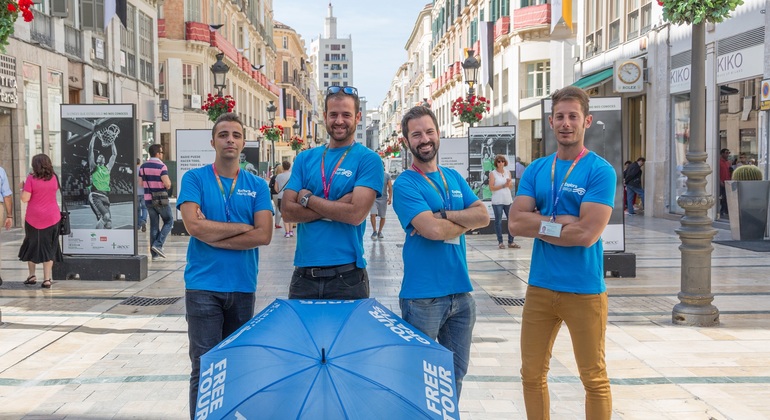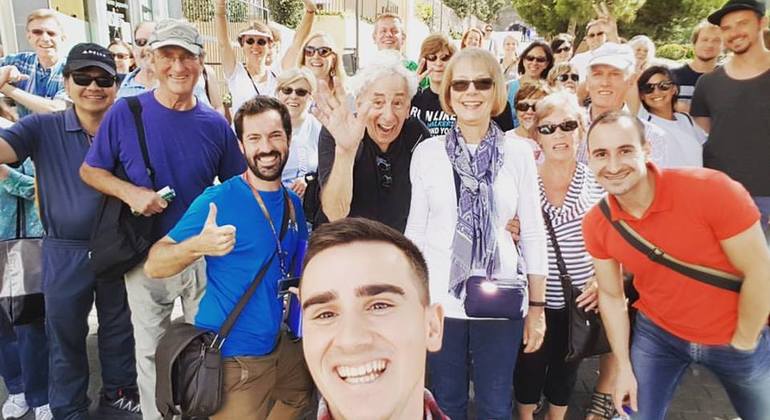Free Tour Málaga: Perfect Introduction
Discover Malaga with us, in this free tour you decide the price! Come and learn about the most important events in Malaga’s history. Explore with us the most monuments in Malaga as the cathedral, the Roman theatre, the Muslim castles and a lot more.
Things to do Free Tour Málaga: Perfect Introduction
Support a local business, discover why we are the top-rated company in Málaga on Freetour.com, Google, TripAdvisor since 2015 ... Check it! Discover Malaga with local experts as 75,000 tourists already did, considered the best introduction to the city! Explore with us the most important monuments in Malaga such as the cathedral, the Roman theater or the Muslim castles and learn about the most important landmarks in Malaga’s history. The founding of the city with the arrival of the Phoenicians, the passing through of the Carthaginians during Punic Wars, the remains and culture left to us by the Romans and Visigoths, the interesting Arabic fortresses with their ingenious defense systems and the conversion made by the Christians after the Reconquest. Starting time: Every day 11:00 and 13:00 (except for December 25th, January 1st to January 6th) Our team is composed by licensed local guides that love our home, Málaga, and they will show you in a funny and entertaining way, the history of our city, just like we have been doing from 2015.
Included
Meeting point
Plaza de la Constitucion





